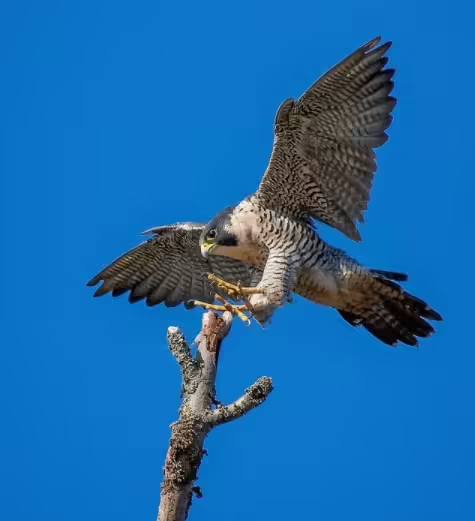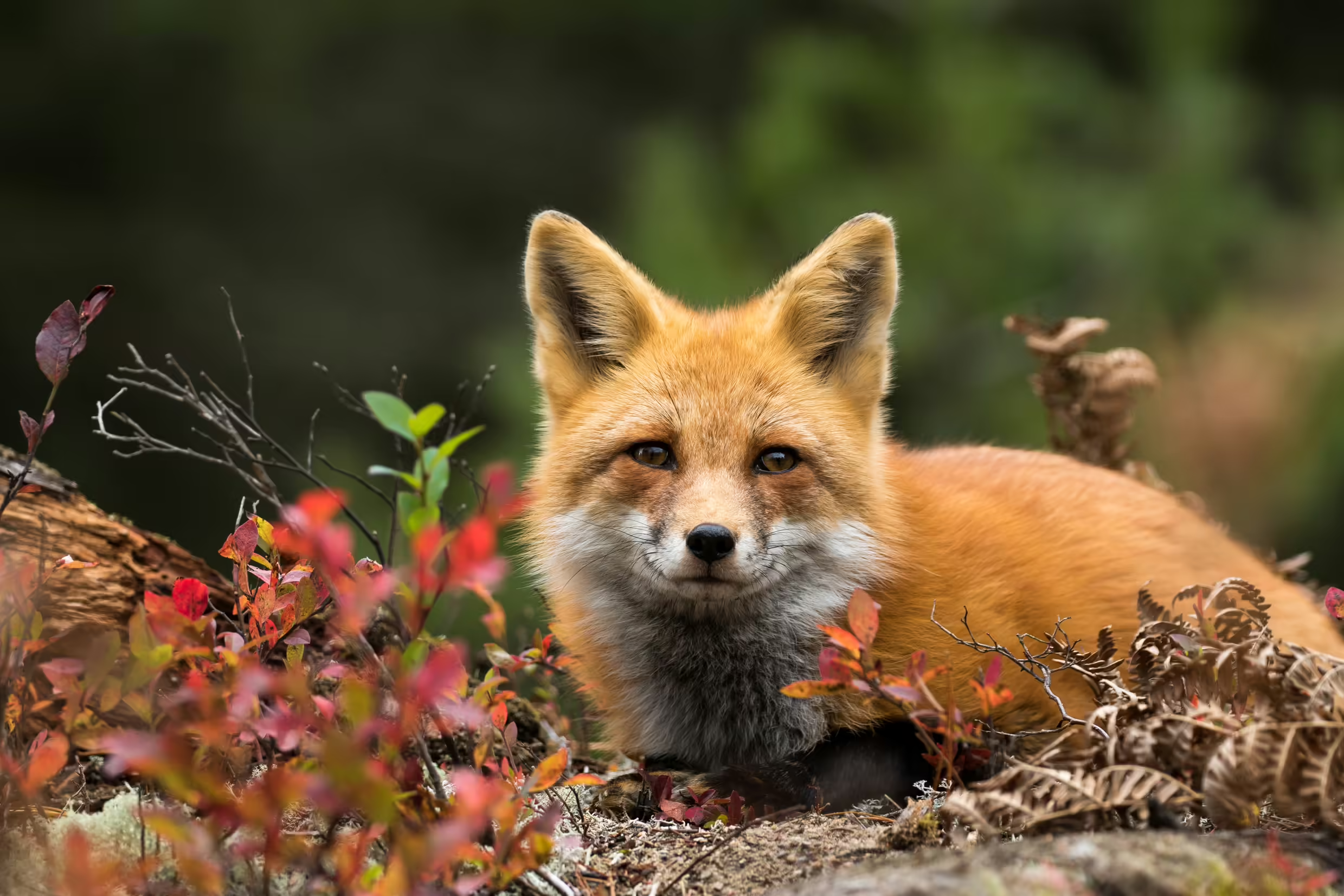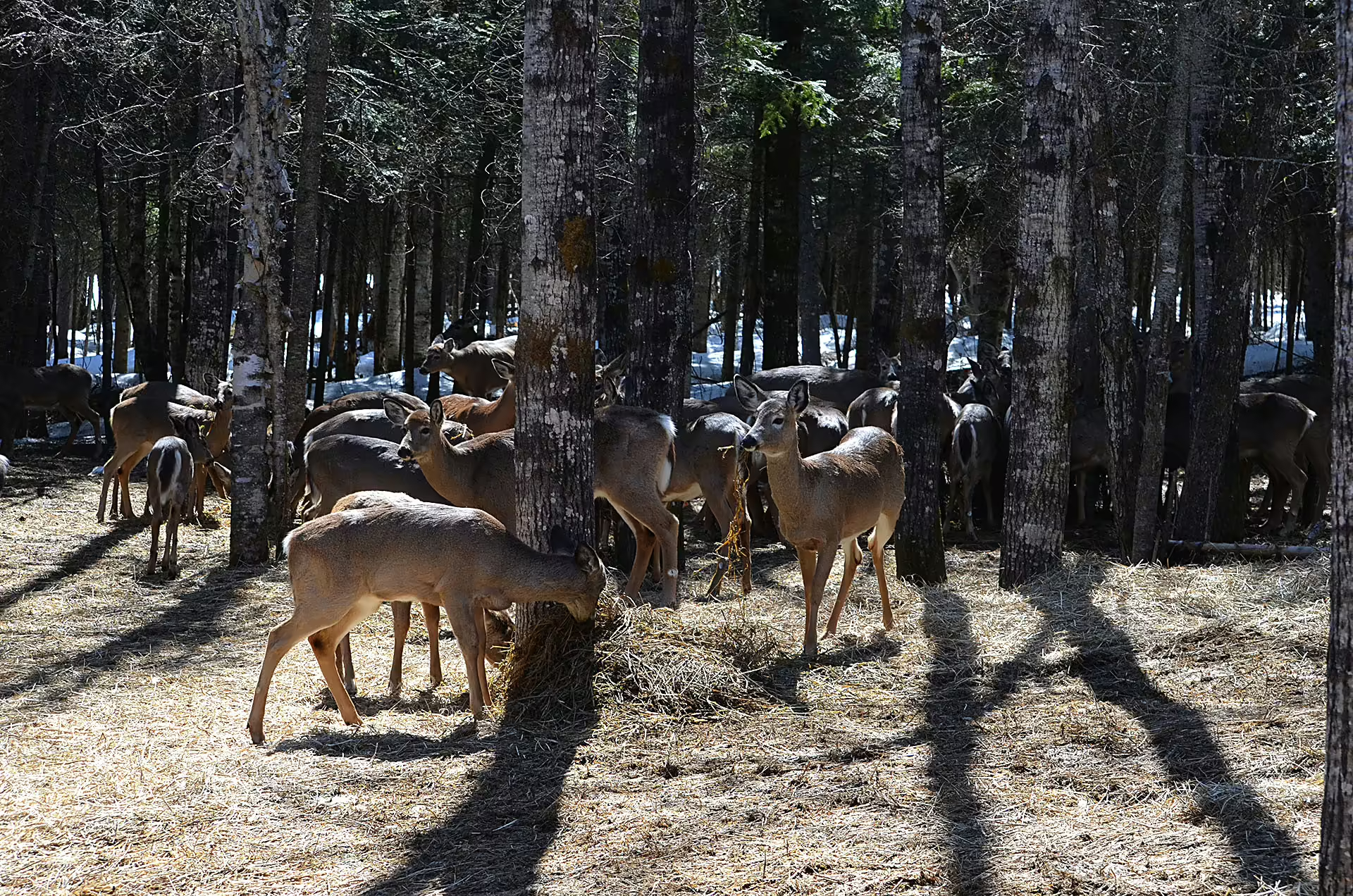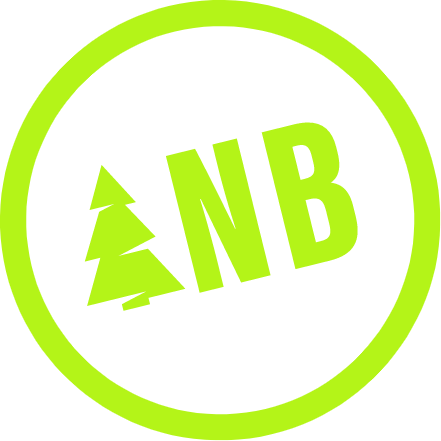Conserve
Maintaining diverse tree species and wildlife habitats is a cornerstone of responsible forest management. Spring and summer bring renewal and growth, with trees regenerating, wildlife thriving, and ecosystems at their most active. We set aside 25% of the lands we manage for conservation—nearly 530,000 hectares (1.3 million acres)—ensuring these natural cycles continue to flourish.
More than 2,100 conservation sites are part of our Conservation Areas Program, designed to preserve unique landscapes, protect vital habitats, and sustain New Brunswick’s biodiversity. From lakes and wetlands to rare plant ecosystems and historic sites, each plays a role in maintaining the forest’s ecological balance.
DID YOU KNOW
New Brunswick’s working forests follow a continuous cycle of growth, harvest, and renewal, adapting to the rhythms of nature.
Spring and summer mark the peak of regeneration, with forests replenishing through both natural processes and sustainable forestry practices. Our commitment to sustainability ensures we grow more than we harvest, with every harvested area fully renewed through tree planting or natural regrowth. Thoughtful stewardship helps maintain the resilience and long-term health of our forests for generations to come.
BY THE NUMBERS
29 TOTAL
84,291 hectares (208,288 acres)
791
Plant Sites
519
Bird & Mammal Sites
293
Reptile & Invertebrate Sites
189
Unique Forest Stands
149
Historic Sites
89
Aesthetic Sites
48
Lake & Wetland Sites
22
High Conservation Forest Sites
21
Fish Sites
18
Geological & Fossil Sites
10
Sites with Alternative Conservation Measures
CONSERVE
DEER
During winter, planted stands provide a resting place for whitetail deer, which seek out softwood forest cover for shelter during periods of heavy snow. In fact, about 136,000 hectares (336,000 acres) of the forest land we manage are deer wintering grounds.
RESEARCH HIGHLIGHTS
To continue improving our conservation efforts, we partnered with universities, government agencies and the Cooperative Forestry Research Unit on a research project to study the effects of the working forest on whitetail deer. By using GPS collars, more than 100 whitetail deer were tracked, providing data to analyze habitat choices and how they are impacted by summer and winter conditions.
CONSERVE
MOOSE
The moose population in New Brunswick has rebounded under a responsible working forest model. Six decades ago, from 1936 to 1960, the moose population in New Brunswick had dwindled to the point that it was illegal to hunt them. This is no longer the case, thanks in part to responsible forest management practices. In fact, 2023 was a record-breaking year for moose harvesting, and moose harvest levels have increased by over 1,700 per cent since 1960.
RESEARCH HIGHLIGHTS
Moose in New Brunswick and Quebec may be seen sporting GPS collars. We sponsor a research project that uses data from these collars to track how factors like ticks, climate change and predators influence population count.
DID YOU KNOW
A single moose can harbour as many as 80,000 ticks on its body at a time.
CONSERVE
SONGBIRDS
Managed forest land in northern New Brunswick provides a habitat for two songbird species of concern: the Canada Warbler and the Olive-sided Flycatcher. The presence of songbirds is a useful gauge for forest management impacts, and research shows a working forest can sustain diverse species of songbirds, with 95 songbird species identified in our Black Brook freehold in northern New Brunswick.
RESEARCH HIGHLIGHTS
A study using acoustic monitoring devices to measure bird species presence across three managed forests in northern New Brunswick and Maine found the greatest songbird diversity in the Black Brook area, our most intensively managed site. This research was conducted in collaboration with universities, government agencies and the Canadian Wildlife Service.
A CLOSER LOOK
Deer and moose and birds, oh my! We can’t get enough of the beautiful nature of New Brunswick, so here are even more photos of the incredible wildlife that thrives in our managed forests.








